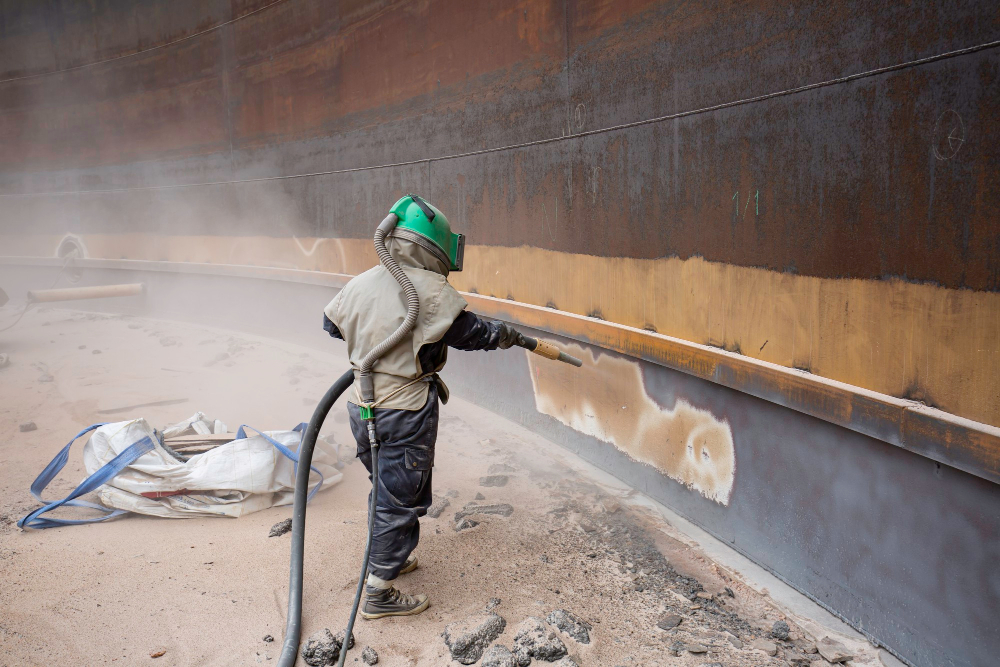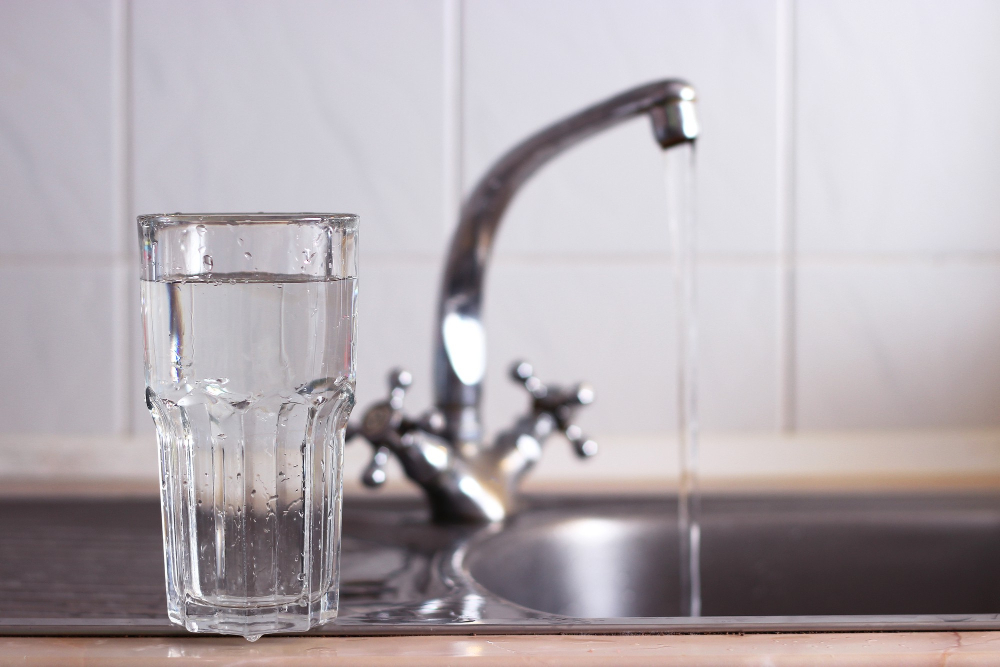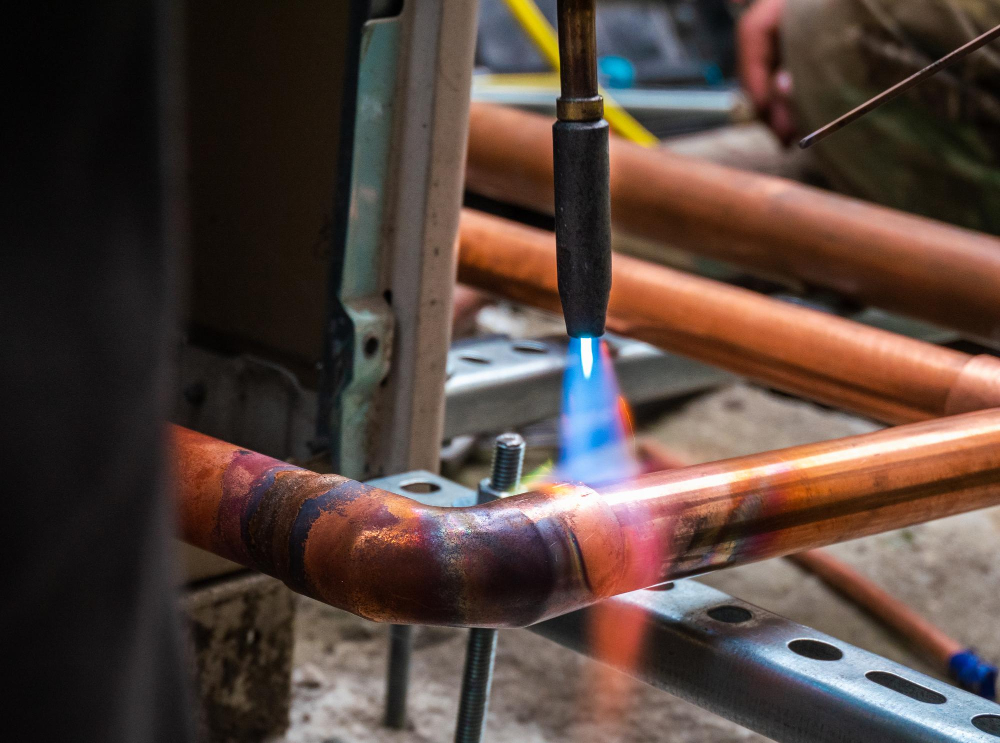Last updated on
Explore the world of effective termite control as we dive into various alternatives to tenting, ensuring a bug-free and safe living environment for you and your loved ones.
Termites are one of the most dreaded pests that can invade your home. These tiny creatures can cause massive damage to your property, and getting rid of them can be a daunting task.
One of the most common methods to eliminate termites is tenting, which involves covering your entire house with a giant tent and fumigating it with toxic chemicals. However, tenting is not only expensive but also poses health risks to you and your family.
In this blog post, we will explore some alternative ways to get rid of termites without resorting to tenting. So if you’re looking for cost-effective and safer solutions for termite infestation, keep reading!
Non-Chemical Termite Treatments

These methods use natural or physical means to eliminate termites without the use of toxic chemicals.
One popular non-chemical treatment is heat treatment, which involves raising the temperature inside your home above 120 degrees Fahrenheit for several hours. This method kills all life stages of termites, including eggs and larvae.
Another effective option is cold treatment, which exposes infested wood to temperatures below freezing point for several days. This method also kills all termite life stages by freezing them.
Electromagnetic treatment uses electromagnetic waves that penetrate walls and floors to repel or kill termites. Electro-guns emit high-voltage electricity into infested wood, killing the insects instantly.
Baiting systems are another non-toxic alternative that works by attracting worker termites with bait stations containing slow-acting toxins that they carry back to their colony members until it eradicates them entirely.
Heat Treatment
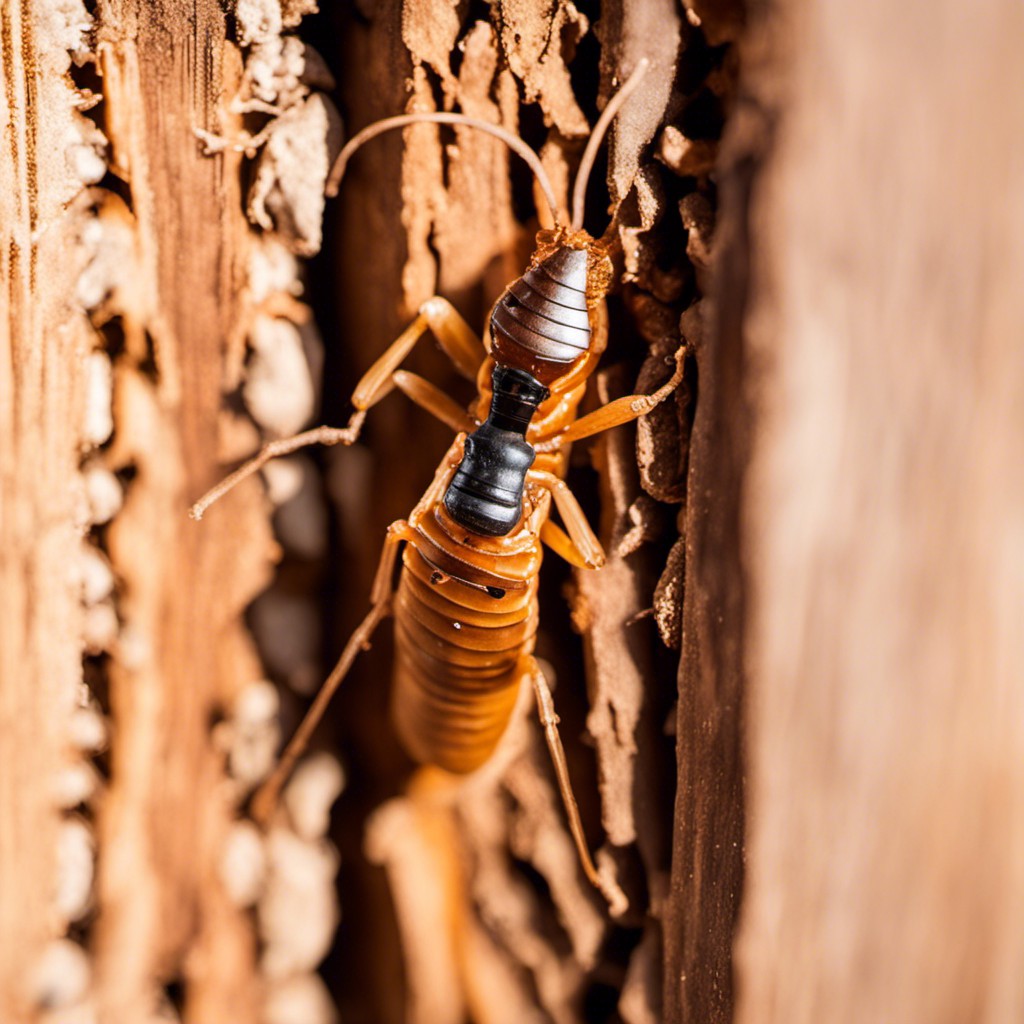
This method is effective in eliminating drywood termites, which are known for infesting wooden furniture and structures. Heat treatment works by using specialized equipment to heat up the affected area until it reaches 120-140 degrees Fahrenheit, which can take anywhere from six hours to several days depending on the size of your home.
One advantage of heat treatment over tenting is that it doesn’t require you or your family members to vacate your house during the process. However, you will need to remove any items from inside cabinets and closets as well as cover electronics with thermal blankets before starting this procedure.
While heat treatment may be more expensive than some other alternatives mentioned in this article, it’s still less costly than traditional fumigation methods like tenting.
Cold Treatment

This method involves exposing the infested area to extremely low temperatures, which kills the termites and their eggs. The process typically takes two days, during which your home will be sealed off from outside air and cooled down using liquid nitrogen or dry ice.
One of the benefits of cold treatment is that it doesn’t involve any toxic chemicals, making it a safer option for you and your family. It’s also an eco-friendly solution as there are no harmful fumes released into the environment.
However, cold treatment may not be suitable for all types of termite infestations as some species can survive in extreme temperatures. This method can be more expensive than other alternatives due to its specialized equipment requirements.
If you’re considering cold treatment as an option for termite control in your home, consult with a professional pest control company first to determine if it’s right for you.
Electromagnetic Treatment
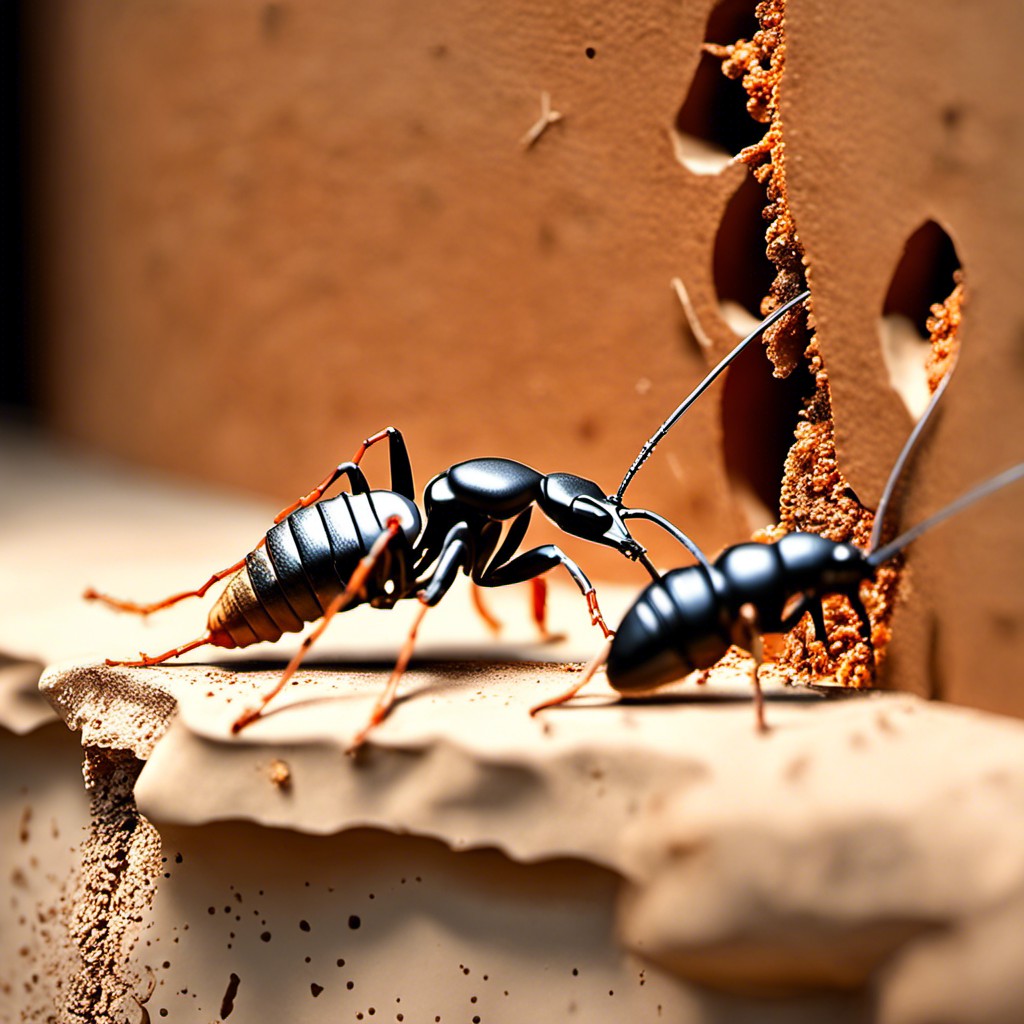
This treatment involves installing an electromagnetic device in your home, which emits high-frequency waves that interfere with the nervous system of termites, causing them to flee from the area.
One advantage of this treatment is that it does not require any chemicals or pesticides, making it safe for you and your family. It also has no adverse effects on pets or plants.
However, there are some limitations to this method. The effectiveness depends on several factors such as the size and type of infestation, construction materials used in your home’s foundation walls among others.
If you’re considering Electromagnetic Treatment for termite control purposes; consult with a professional pest control company first before investing money into purchasing one yourself.
Electro-Gun
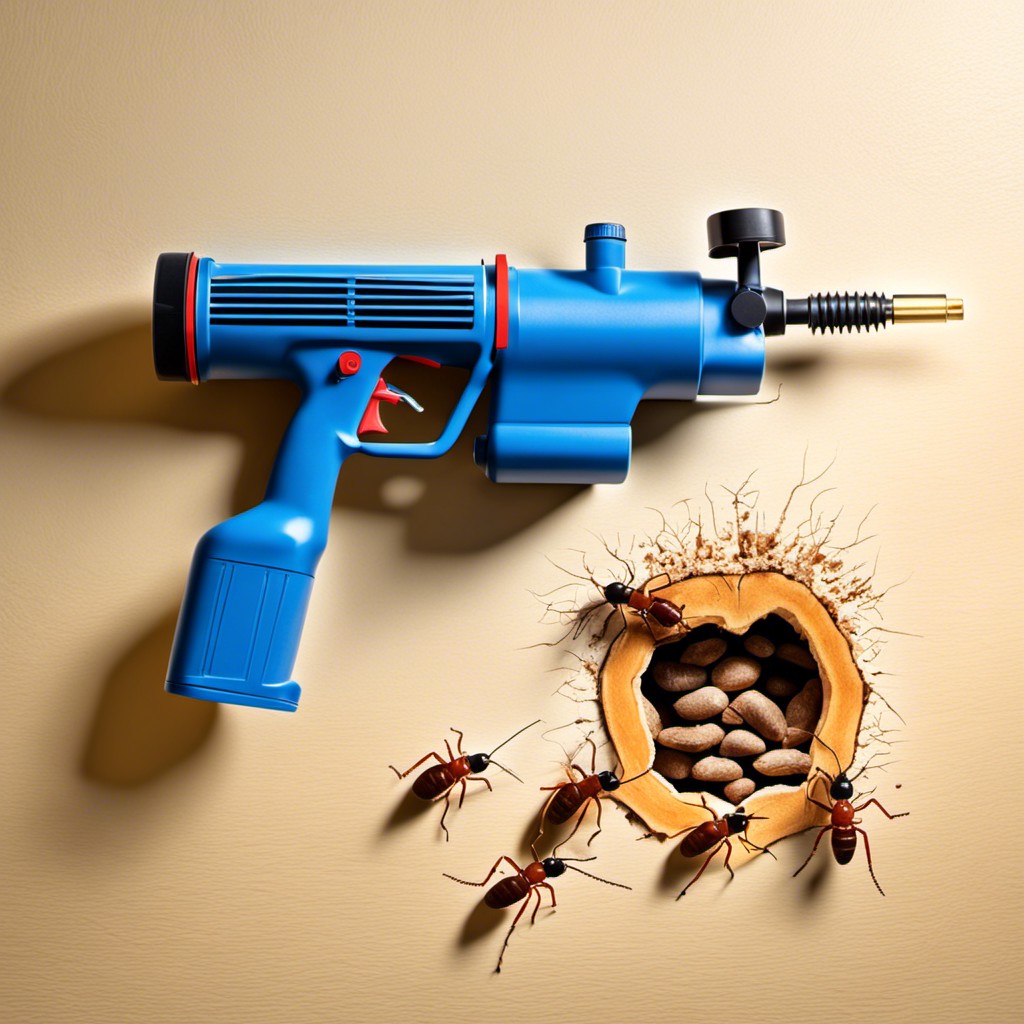
This method uses a high voltage, low amperage electrical charge that penetrates the wood and kills the termites inside. The Electro-Gun works by heating up the moisture in the wood, which creates steam that kills off any pests present.
One of the benefits of using an Electro-Gun is that it’s non-toxic and doesn’t require any chemicals or pesticides. It’s also safe for humans and pets as long as proper safety precautions are taken during use.
However, this method can be time-consuming since each piece of infested wood needs to be treated individually with precision. It may not work on all types of termite infestations or severe cases where extensive damage has already occurred.
Microwave Treatment
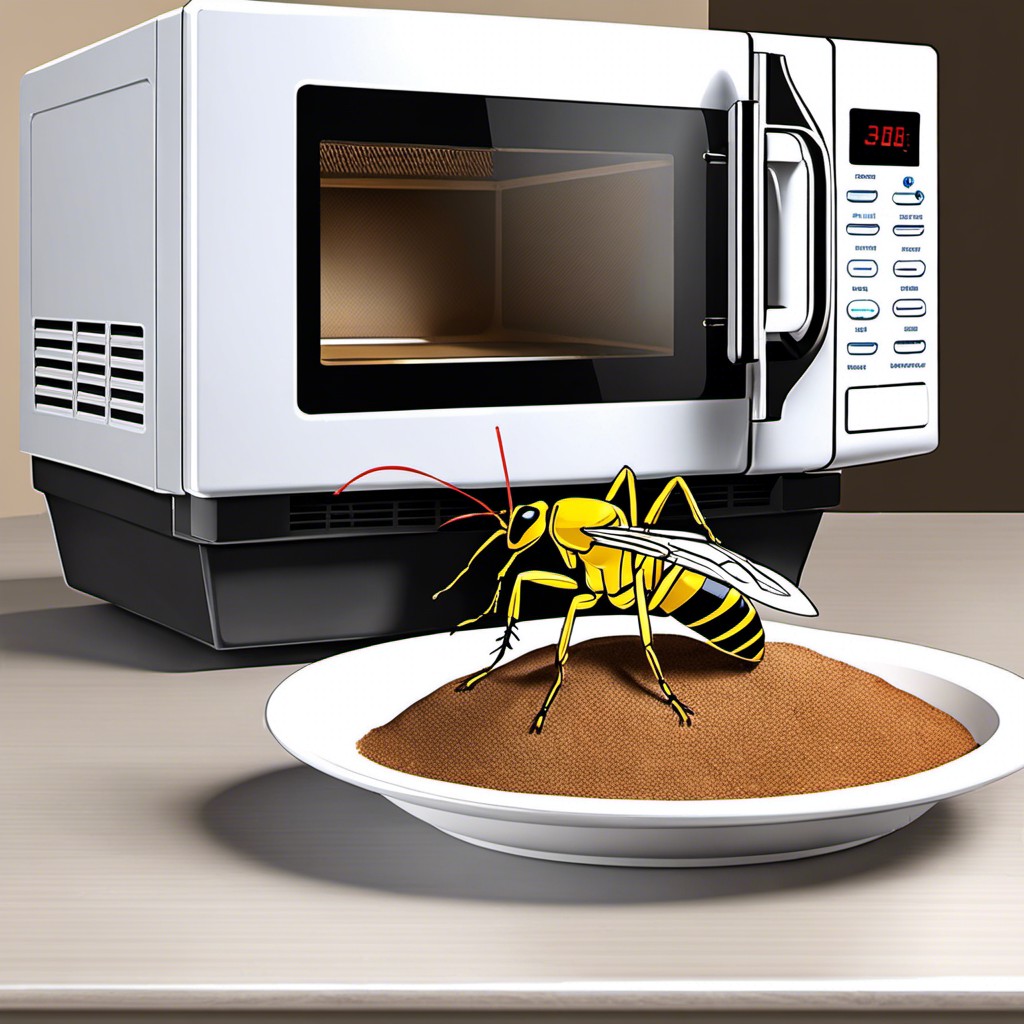
This method involves using microwaves to kill the termites in your home. The process works by placing a microwave emitter near the infested area and heating it up until it reaches a temperature that kills the termites.
One of the benefits of microwave treatment is that it’s non-toxic, making it safer for you and your family than traditional fumigation methods. This method can be completed in just one day, which means you won’t have to leave your home or deal with any inconvenience for an extended period.
However, there are some downsides to consider before choosing this option. Microwave treatment may not be effective if there are obstacles blocking its path or if certain areas cannot reach high enough temperatures due to insulation or other factors.
Baiting Systems
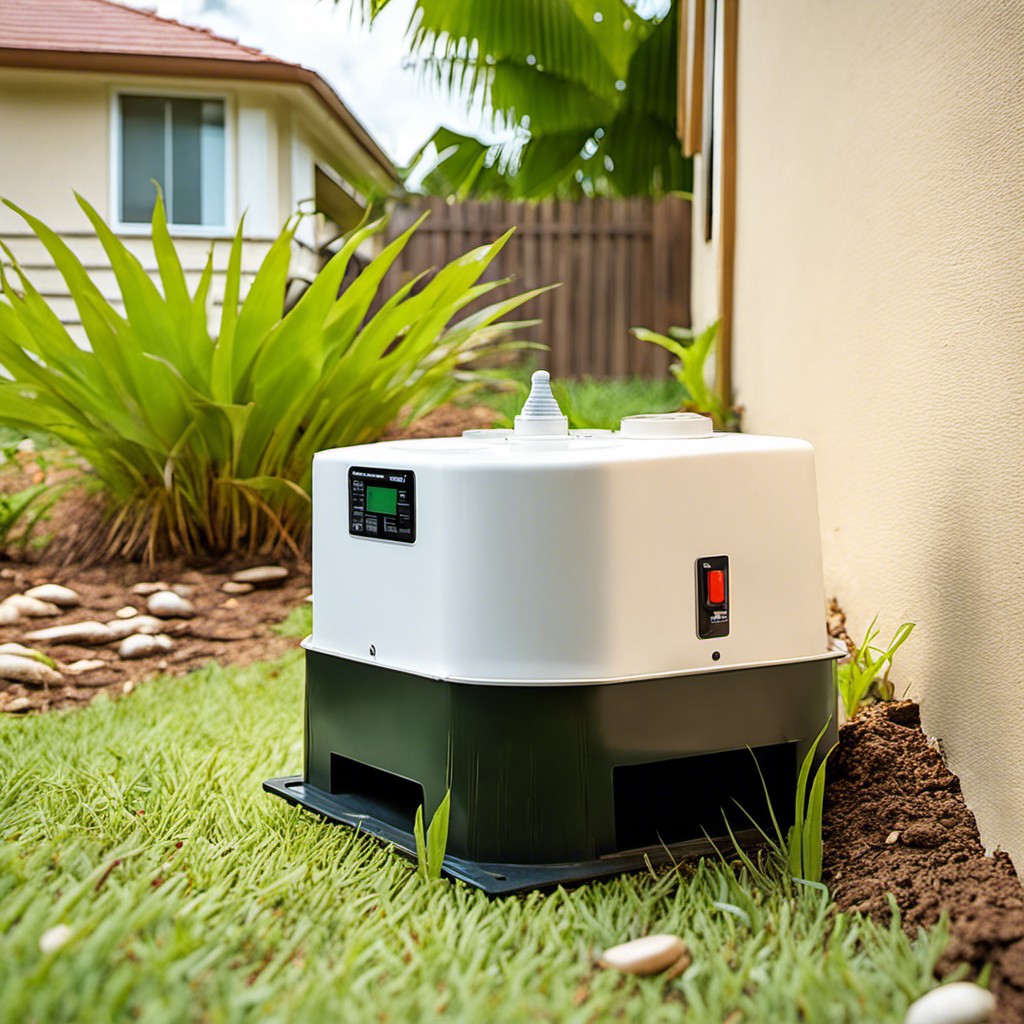
This method involves placing bait stations around your home, which contain a slow-acting toxic substance that the termites carry back to their colony. The bait is designed to be more attractive than the wood in your home, so it lures the termites away from your property and towards the bait station.
Once they consume it, they will start dying off slowly but surely until there are no more left in their colony. Baiting systems can take several months or even up to a year before you see results as this process takes time.
This method is less invasive than tenting and does not require any chemicals sprayed inside of your house making it safer for you and your family members. It’s also an eco-friendly option since most baits use low-toxicity substances that do not harm other animals or plants.
However, like all termite treatments, there are pros and cons associated with using bait stations as well.
Borate Wood Treatments
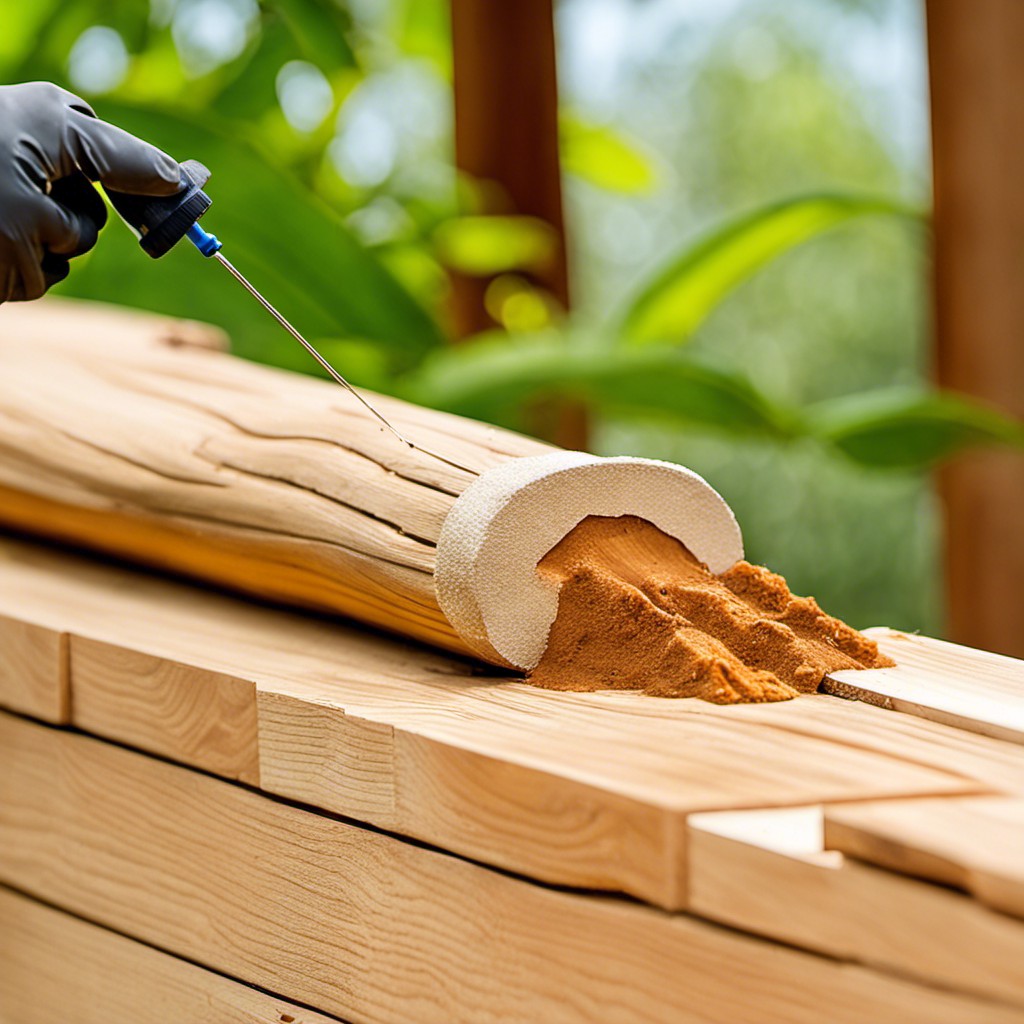
Borates are naturally occurring minerals that have been used as a wood preservative for decades. They work by penetrating the wood and killing any existing termite colonies while also preventing future infestations.
The application of borate treatments involves spraying or brushing the solution onto exposed wooden surfaces, such as beams, joists, and studs. The solution then penetrates deep into the pores of the wood and forms a protective barrier against termites.
One significant advantage of using borate treatments is that they are non-toxic to humans and pets when applied correctly. However, it’s essential to note that this method only works on bare or unfinished woods since painted or sealed surfaces will not allow proper penetration.
If you’re looking for an eco-friendly way to protect your home from termite damage without resorting to tenting methods’ toxicity risks – consider trying out Borate Wood Treatment!
Boric Acid Treatment
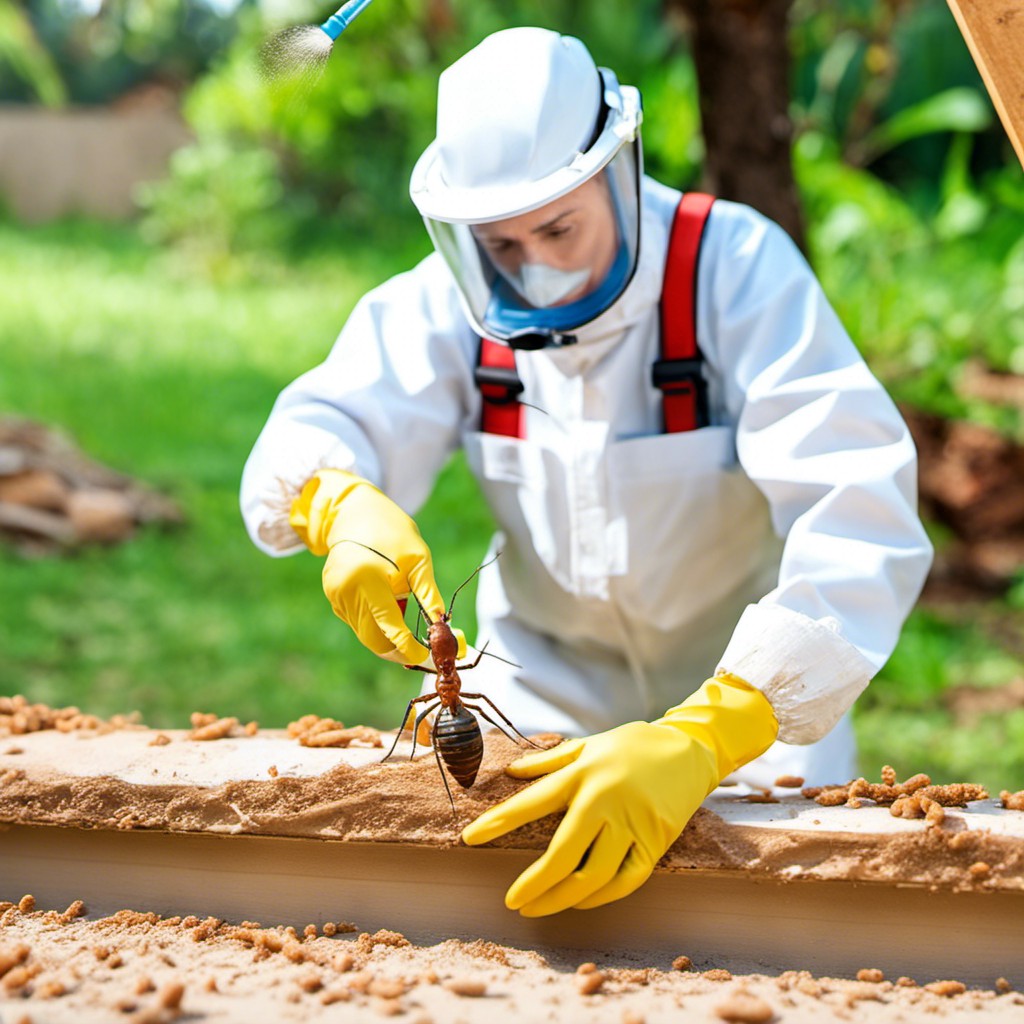
Boric acid is a natural compound that can be found in many household products, including laundry detergents and insecticides. It works by disrupting the termite’s digestive system, leading to their eventual death.
To use boric acid as a termite treatment, you will need to mix it with water and apply it directly onto the infested areas of your home. You can also inject boric acid into termite galleries or drill holes into wood surfaces where termites are present.
One of the benefits of using boric acid treatment is that it’s relatively inexpensive compared to other methods like tenting or heat treatments. Borate wood treatments have been shown to provide long-lasting protection against future infestations when applied correctly.
However, while this method may seem simple enough for DIY enthusiasts out there who want an affordable solution without professional help; caution must be taken as improper application could lead not only ineffective results but also health hazards if ingested by humans or pets.
Liquid Nitrogen Treatment
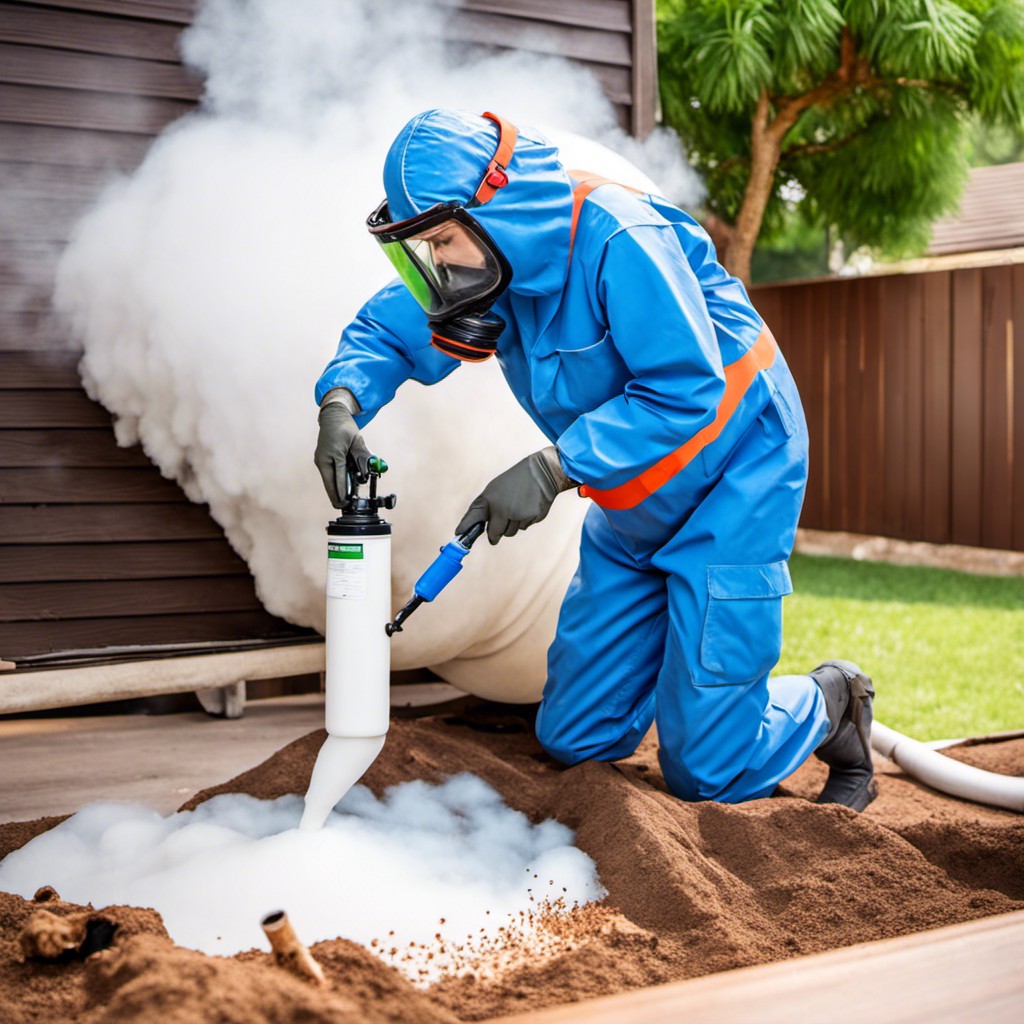
This method involves injecting liquid nitrogen into the infested areas, which freezes and kills the termites instantly. The extreme cold temperature of liquid nitrogen (-320°F) makes it an effective treatment against these pests without using any toxic chemicals.
The process starts with a thorough inspection of your property to identify termite activity and locate their nests. Once identified, a technician will drill small holes in the infested wood or soil and inject liquid nitrogen into them using specialized equipment.
One advantage of this treatment is that it can be used on specific areas rather than treating your entire home like tenting requires. It’s also fast-acting, so you won’t have to wait long before seeing results.
However, Liquid Nitrogen Treatment may not be suitable for all types of termite infestations as some species are more resistant than others. This method can only kill existing termites but does not prevent future ones from entering your home.
Orange Oil Extract
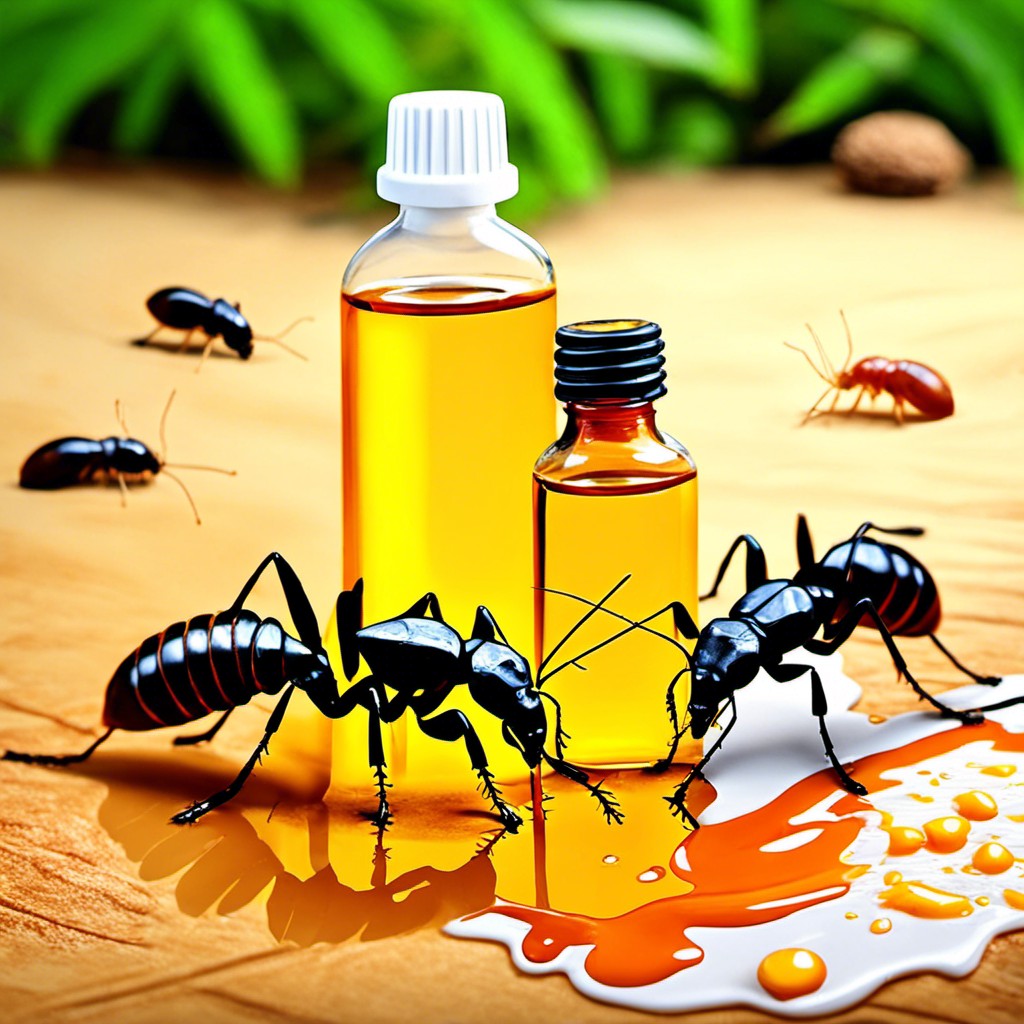
It is derived from orange peels and contains d-limonene, which has been proven to be effective in killing termites on contact. Orange oil extract can penetrate deep into the wood, where it kills both drywood and subterranean termites.
To use orange oil extract as a termite treatment, holes are drilled into infested wood or walls, then the oil is injected directly into these holes. The scent of oranges also repels future termite infestations.
While this method may seem like an easy DIY solution for homeowners with small-scale infestations, it’s important to note that not all types of termites can be eliminated using orange oil extract alone. Proper application techniques must be followed carefully by professionals who have experience working with this product.
Diatomaceous Earth
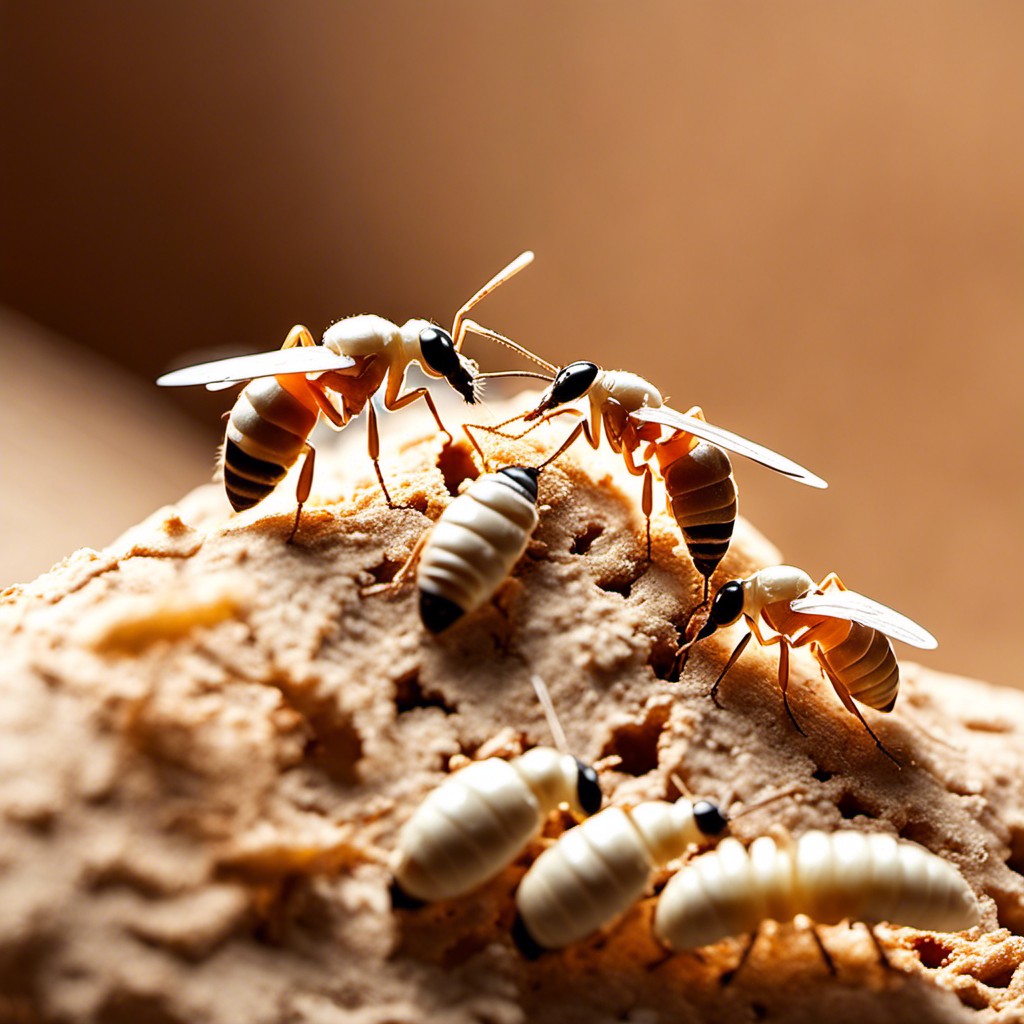
It is made from the fossilized remains of tiny aquatic organisms called diatoms, which have sharp edges that can cut through the exoskeletons of insects, including termites. When ingested by termites, diatomaceous earth dehydrates their bodies and eventually kills them.
To use diatomaceous earth as a termite treatment, you need to sprinkle it around areas where you suspect termite activity or infestation. You can also mix it with water to create a paste and apply it directly on wooden surfaces or walls.
One advantage of using diatomaceous earth is that it does not harm humans or pets since its mode of action only affects insects’ exoskeletons. However, keep in mind that this method may take longer than other treatments since it relies on physical contact with the pests rather than chemical fumigation.
Nematodes and Parasitic Fungi
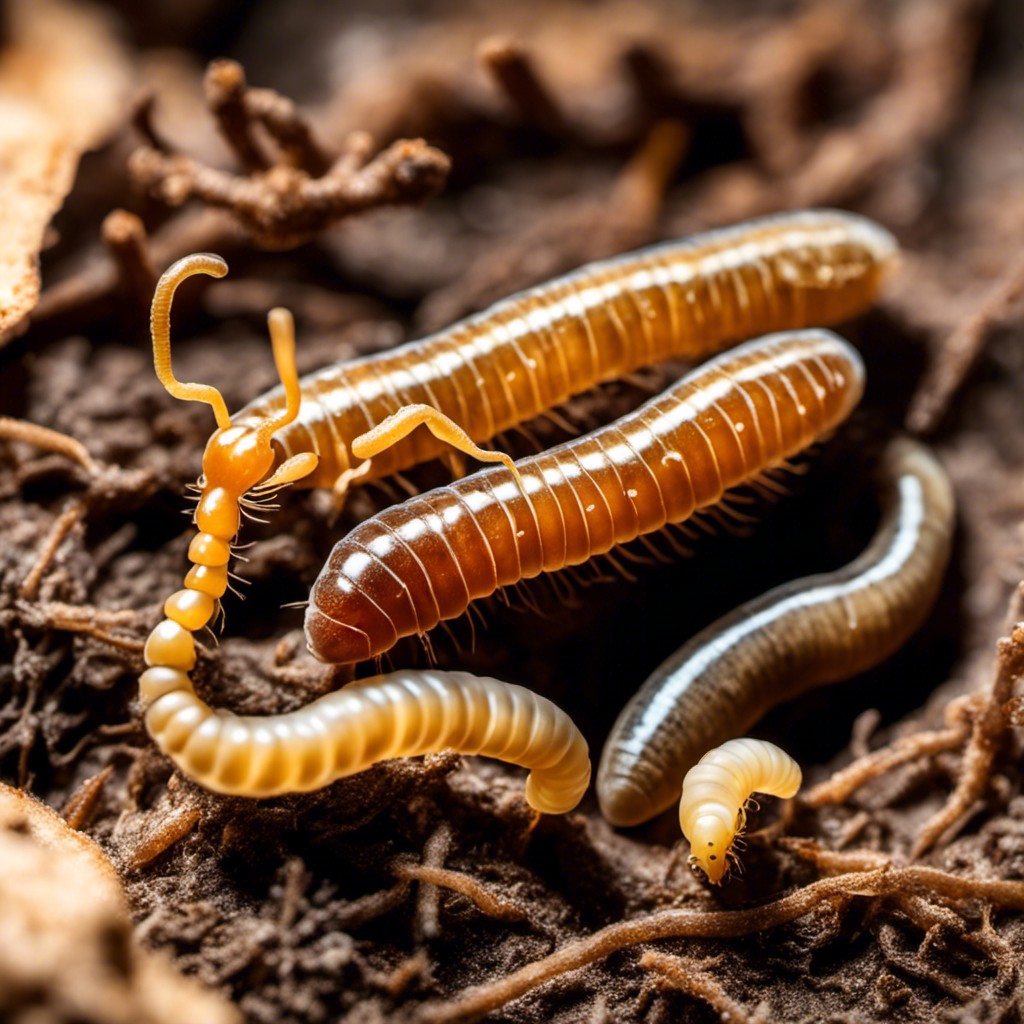
Nematodes are microscopic worms that live in soil and feed on insects, including termites. When applied to the infested area, nematodes penetrate the termite’s body and release bacteria that kill them within 48 hours.
Parasitic fungi such as Metarhizium anisopliae also offer a non-toxic solution for termite control. These fungi infect termites through contact or ingestion, causing them to die within a few days.
While these methods may take longer than chemical treatments, they provide long-term protection against future infestations without harming the environment or your health.
It is important to note that nematode and fungal treatments require specific conditions for optimal effectiveness. They work best when applied during warm weather with adequate moisture levels in the soil.
It is also crucial to ensure proper application techniques by following instructions carefully or seeking professional help if needed.
Integrated Pest Management

IPM involves identifying the root cause of the termite infestation, monitoring their activity, and implementing measures to prevent future infestations. This method uses a combination of non-chemical treatments such as physical barriers, habitat modification, and biological controls like nematodes or parasitic fungi.
One advantage of IPM is that it reduces the use of toxic chemicals in your home while still effectively controlling termites. It also helps protect beneficial insects like bees and butterflies by targeting only harmful pests.
To implement an effective IPM program for termites in your home or business premises requires professional expertise from experienced pest management companies who specialize in this area. They will conduct regular inspections to identify any signs of termite activity before they become severe problems.
Integrated Pest Management offers an eco-friendly solution for homeowners looking for alternatives to tenting when dealing with termite infestations.
Preventative Measures
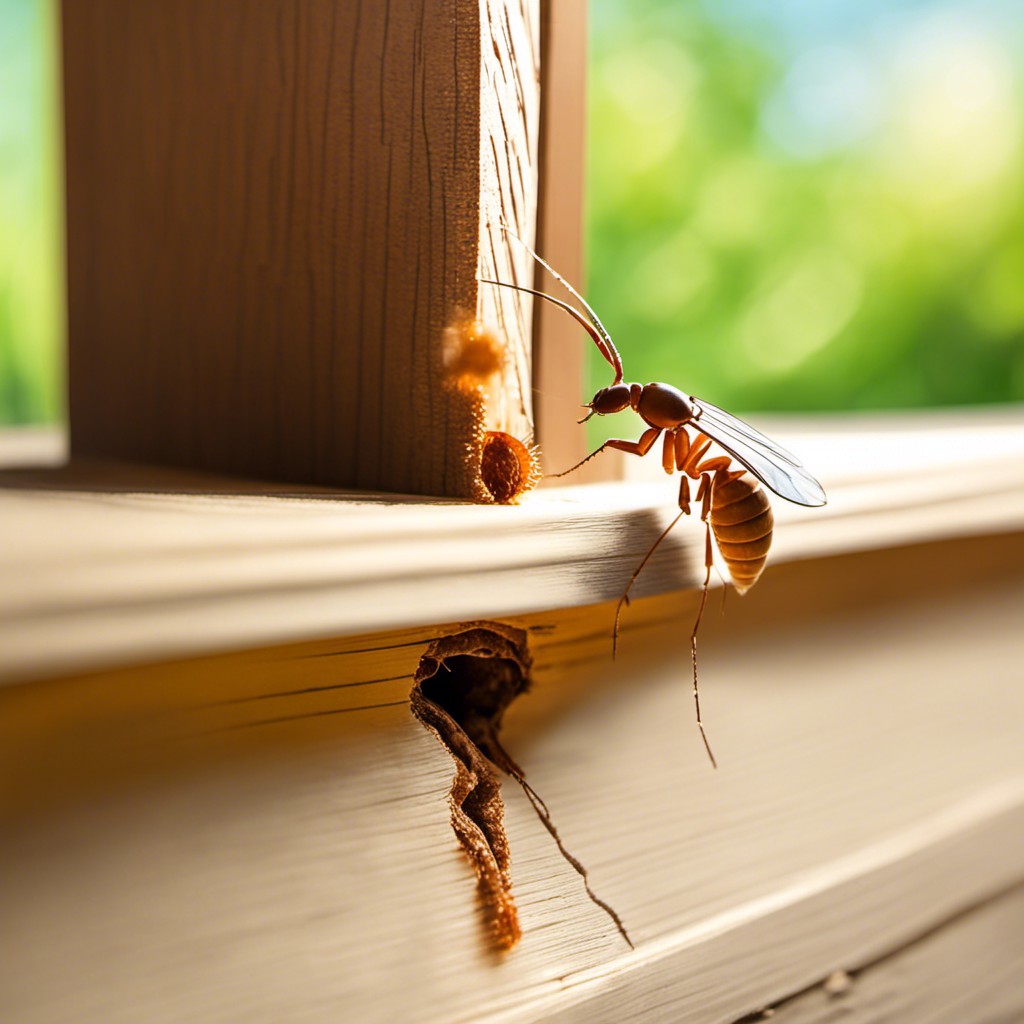
Taking some simple preventative measures can go a long way in keeping termites at bay. Here are some tips to prevent termite infestation:
1. Keep your home dry: Termites thrive in moist environments, so make sure there are no leaks or standing water around your house.
2. Remove wood debris: Don’t leave piles of wood or other cellulose materials lying around your property as they attract termites.
3. Seal cracks and crevices: Seal any gaps or openings in the foundation, walls, windowsills, and doors to prevent termites from entering.
4. Use treated lumber: When building new structures or repairing existing ones use pressure-treated lumber that has been treated with chemicals that repel termites.
5. Maintain proper ventilation: Proper ventilation helps keep moisture levels low which discourages termite activity.
Monitoring and Inspection
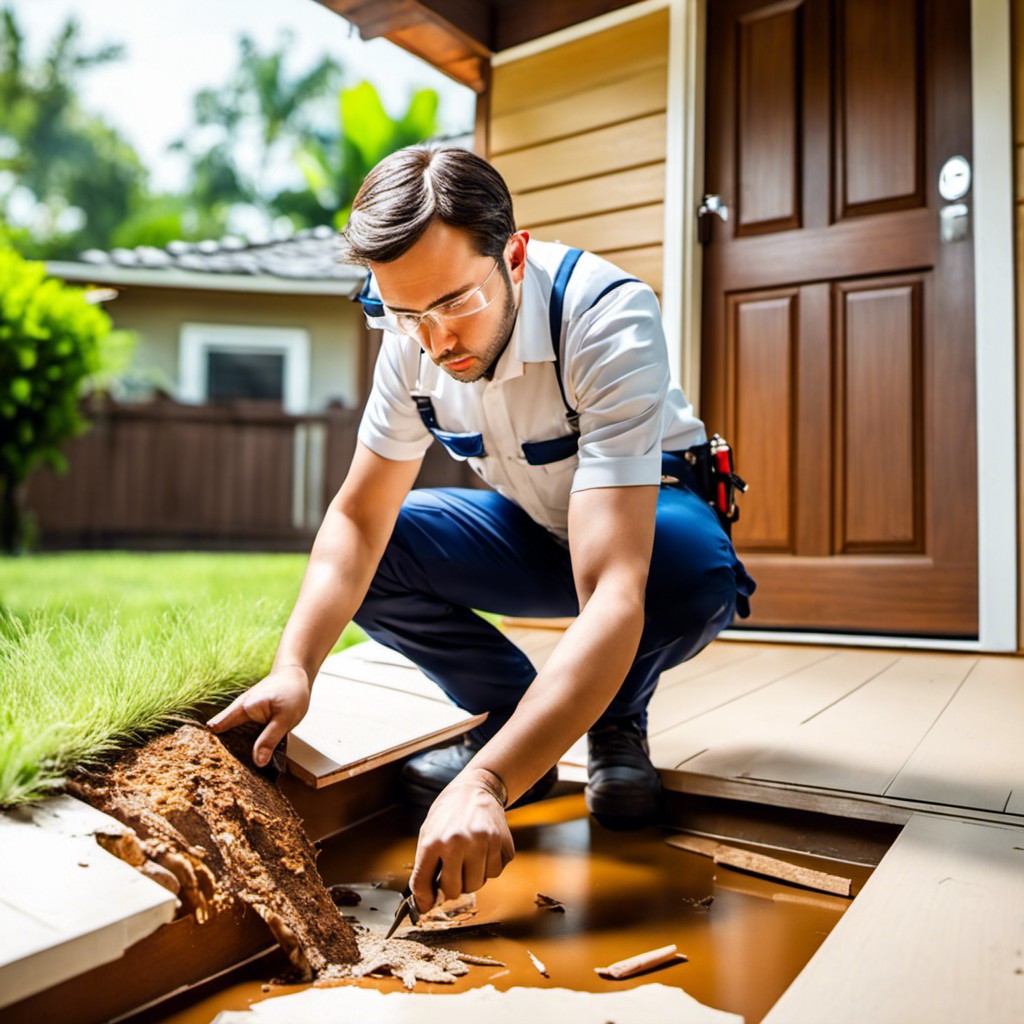
Regular monitoring and inspection can help you detect termites early on before they cause significant damage to your property. You can conduct a visual inspection of your home’s exterior, looking out for mud tubes or tunnels that termites use to travel from their nest to food sources.
You should also inspect any wood in contact with soil as this provides an easy access point for termites into your home. Check wooden structures such as decks, fences, sheds or other outdoor structures regularly.
If you suspect a termite infestation in your home despite taking preventative measures like regular inspections then it’s time to call professionals who will assess the situation accurately using specialized equipment such as moisture meters or thermal imaging cameras.
Termite-resistant Materials
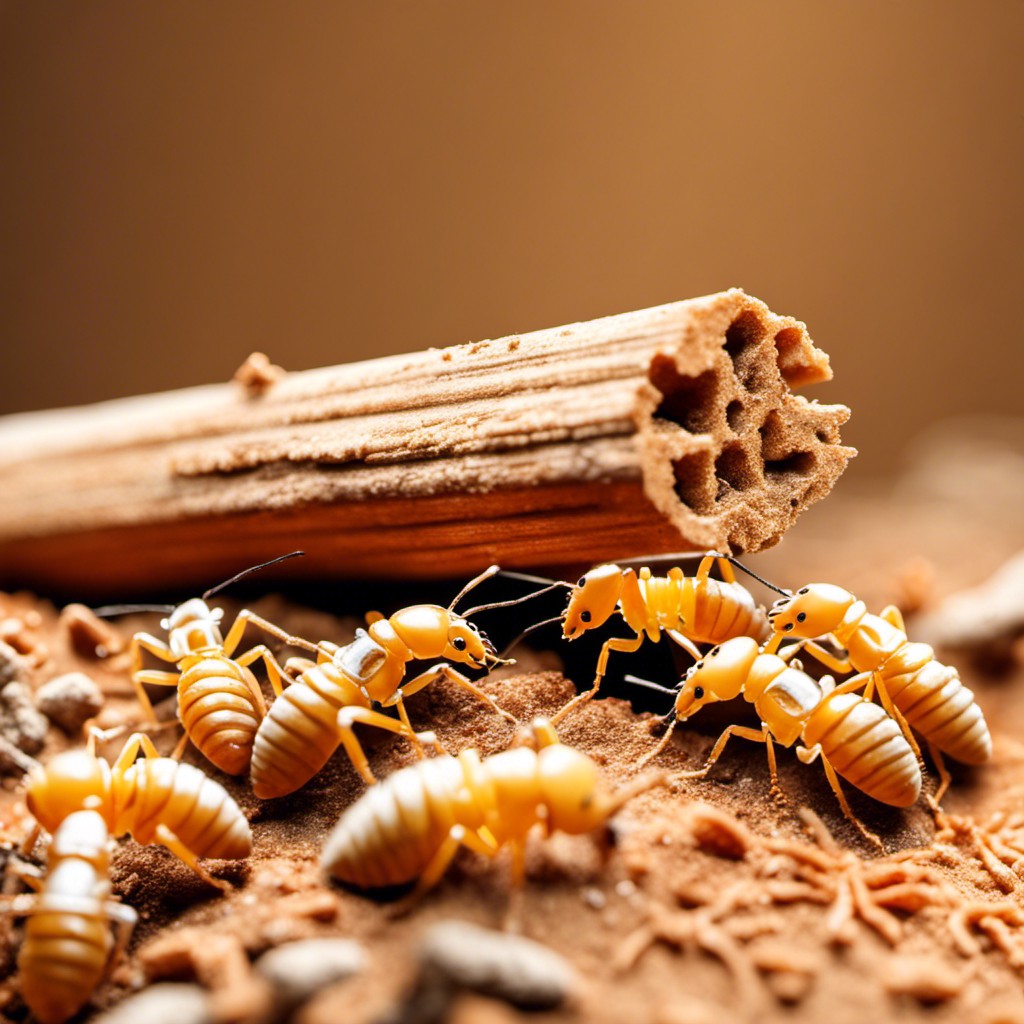
These materials are designed to be less attractive to termites, making it harder for them to invade and cause damage.
Some examples of termite-resistant materials include:.
- Concrete: Termites cannot eat through concrete, so building foundations and walls with this material can help keep them at bay.
- Steel: Like concrete, steel is also impervious to termites. Using steel framing instead of wood can make your home less susceptible.
- Pressure-treated Wood: This type of wood has been treated with chemicals that make it resistant against rotting and insects like termites.
- Cedarwood: Cedar contains natural oils that repel insects including termites. It’s a popular choice for outdoor furniture or decks.
Using these types of materials during construction or renovation can significantly reduce the risk of a future infestation. However, keep in mind that no material is entirely immune from pests; regular inspections are still necessary even if you use these products.
Signs of a Termite Infestation

Therefore, it’s essential to know the signs of termite infestation so that you can take action as soon as possible. Some common signs include:
1. Hollow-sounding wood: Termites eat wood from the inside out, leaving only a thin layer on the surface.
2. Mud tubes: These pencil-sized tunnels made of mud and dirt allow termites to travel safely between their nest and food source.
3. Discarded wings: After swarming, termites shed their wings near windowsills or other light sources.
4. Frass (termite droppings): Drywood termites push frass out of tiny holes in the wood they infest.
5. Sagging floors or ceilings: This is often an indication that termites have been eating away at wooden support beams for some time.
If you notice any of these signs in your home, it’s crucial to act quickly before further damage occurs.
When to Call Professionals
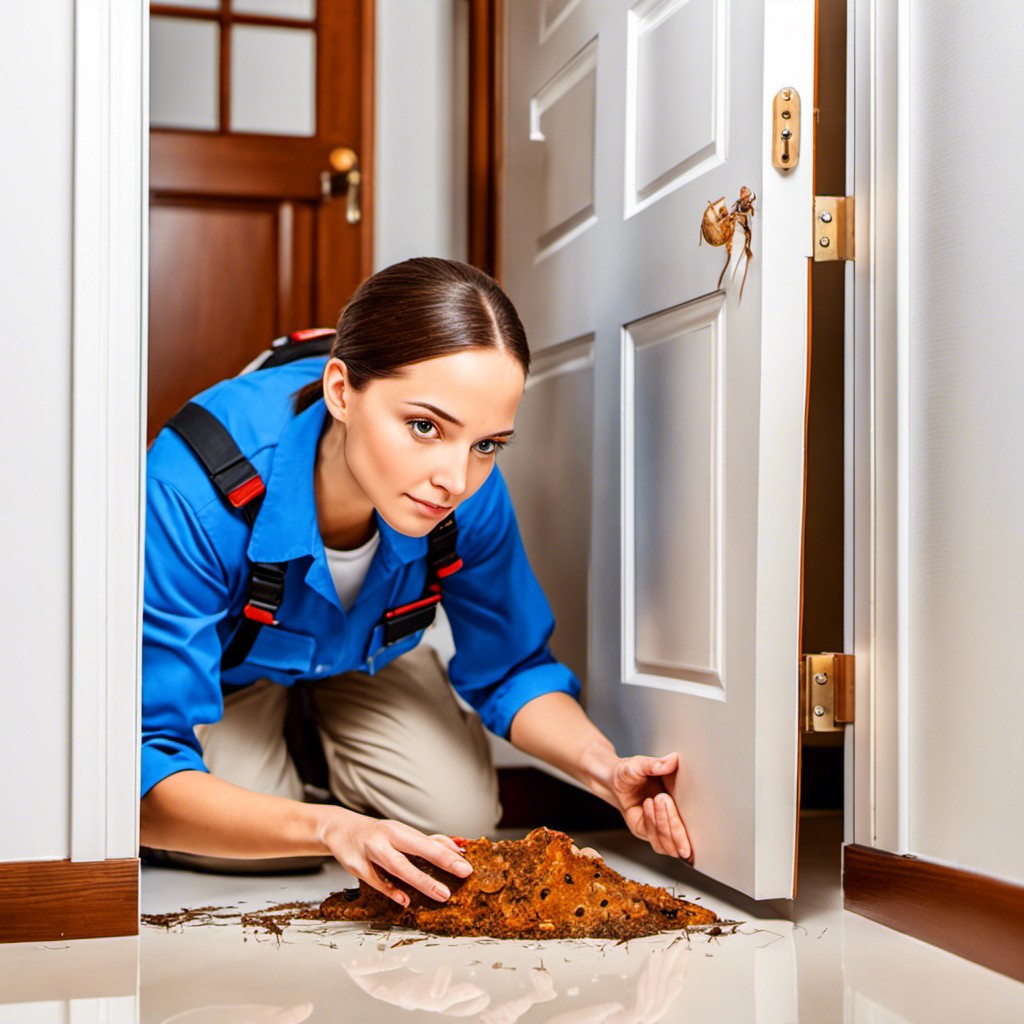
If you have a severe termite infestation or if you’re not sure how to identify and treat it properly, it’s best to seek help from a licensed pest control company. They have the expertise and equipment needed to eliminate termites effectively.
If you’ve tried various DIY methods without success or if your home has unique construction features that make treatment difficult, professional assistance may be required. It’s also important to note that some alternative treatments require specialized knowledge and training.
When choosing a pest control company, look for one with experience in treating termite infestations using non-toxic methods. Make sure they use eco-friendly products that won’t harm your family or pets.
Termite Treatment Costs
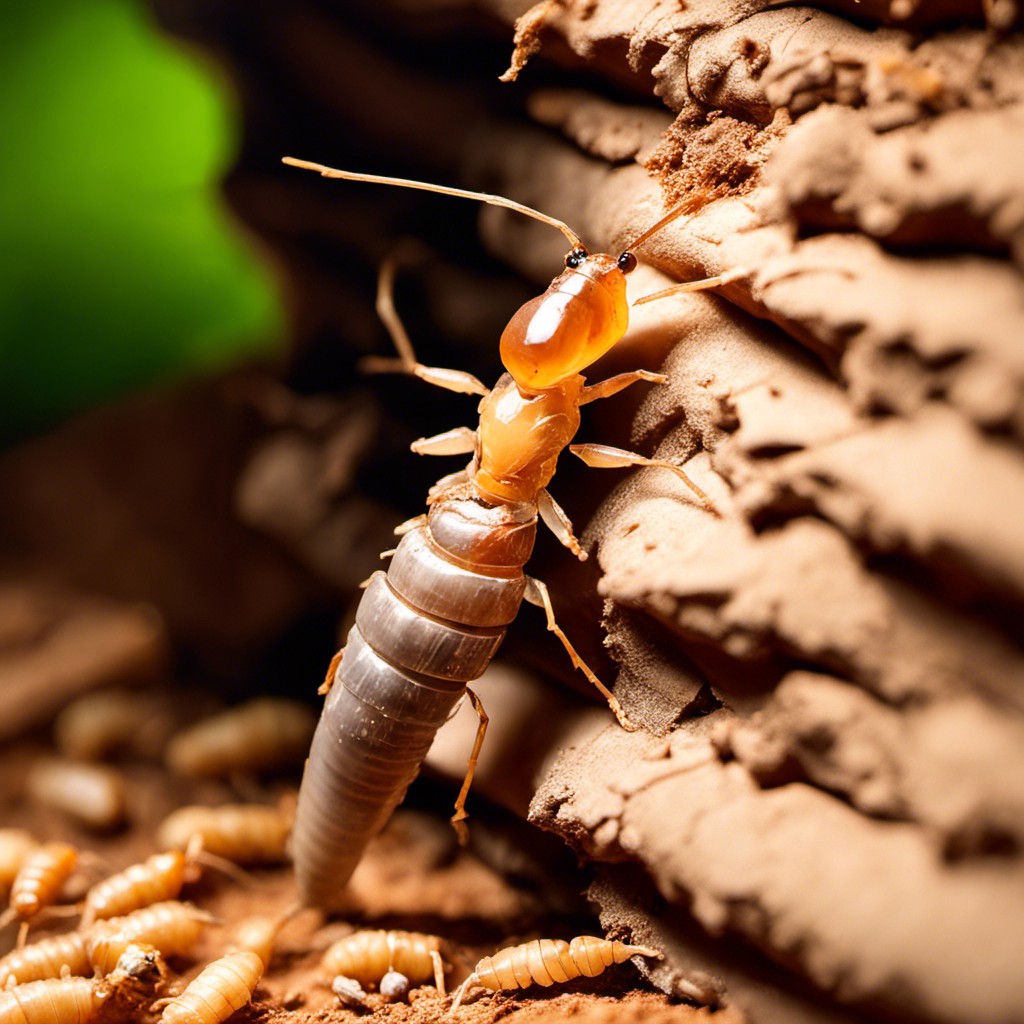
Tenting, which is one of the most expensive methods, can cost anywhere from $1,200 to $3,000 or more for an average-sized home. However, alternative treatments such as baiting systems or borate wood treatments may cost less but require ongoing maintenance.
It’s important to note that while some DIY termite control methods may seem cheaper upfront; they could end up costing you more in damages if not done correctly. It’s always best to consult with a professional pest control company before attempting any termite treatment yourself.
When it comes down to it though – prevention is key! Regular inspections and preventative measures are much less costly than treating a full-blown infestation. So be sure to keep an eye out for signs of termites such as mud tubes or discarded wings around your windowsills and door frames.
While tenting might be effective at eliminating termites quickly; there are many alternatives available that won’t break your bank account nor put you at risk from toxic chemicals exposure. By taking preventative measures like regular inspections and using termite-resistant materials when building new structures – homeowners can avoid costly repairs caused by these pesky insects altogether!
FAQ
Can termites be eliminated without tenting?
Yes, termites can be eliminated without tenting through alternatives such as chemicals, heat, or natural substances like orange oil.
How do you kill drywood termites without tenting?
One can kill drywood termites without tenting by using microwaves to target the infested area, which penetrates the wood and quickly generates heat, effectively eliminating the termites.
Do I really need to tent for termites?
Tenting for termites is necessary for extensive infestations but not required for smaller infestation problems where no-tent treatment methods can be used.
Is tentless termite treatment effective?
Yes, tentless termite treatment is effective as it is less disruptive, uses organic components, and is environmentally friendly.
What are the most effective non-tenting methods for termite extermination?
The most effective non-tenting methods for termite extermination include the use of liquid termiticides, baiting systems, and spot treatments.
Can heat or cold treatments be used as alternatives to tenting for termites?
Yes, heat or cold treatments can be used as alternatives to tenting for termites.
What precautions should be taken when using chemical treatments without tenting for termite control?
When using chemical treatments without tenting for termite control, precautions should include wearing protective gear, ensuring proper ventilation, and following the product’s instructions carefully.
Recap
Liked this article? Here's what you can read next:
